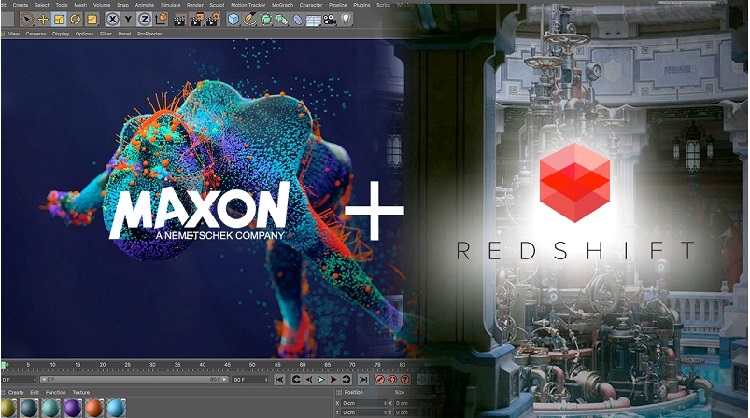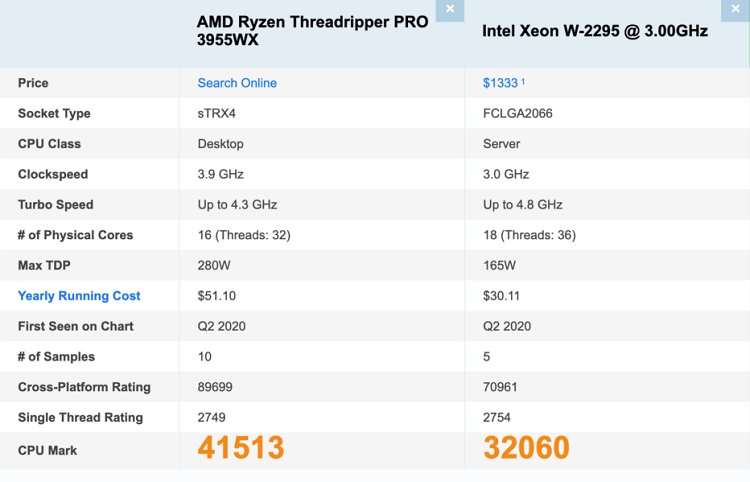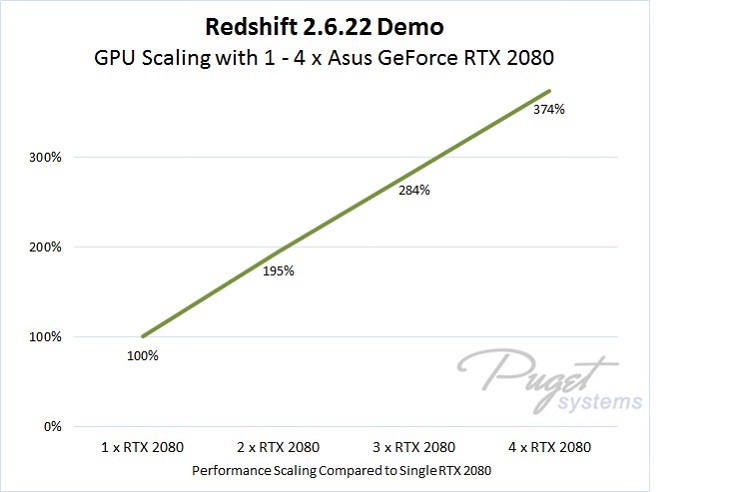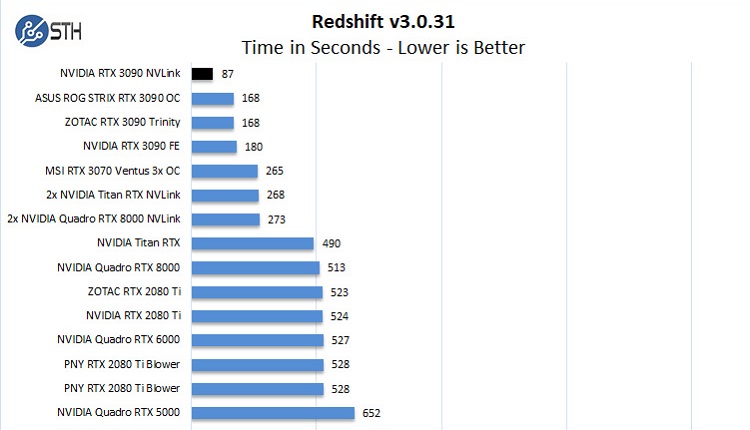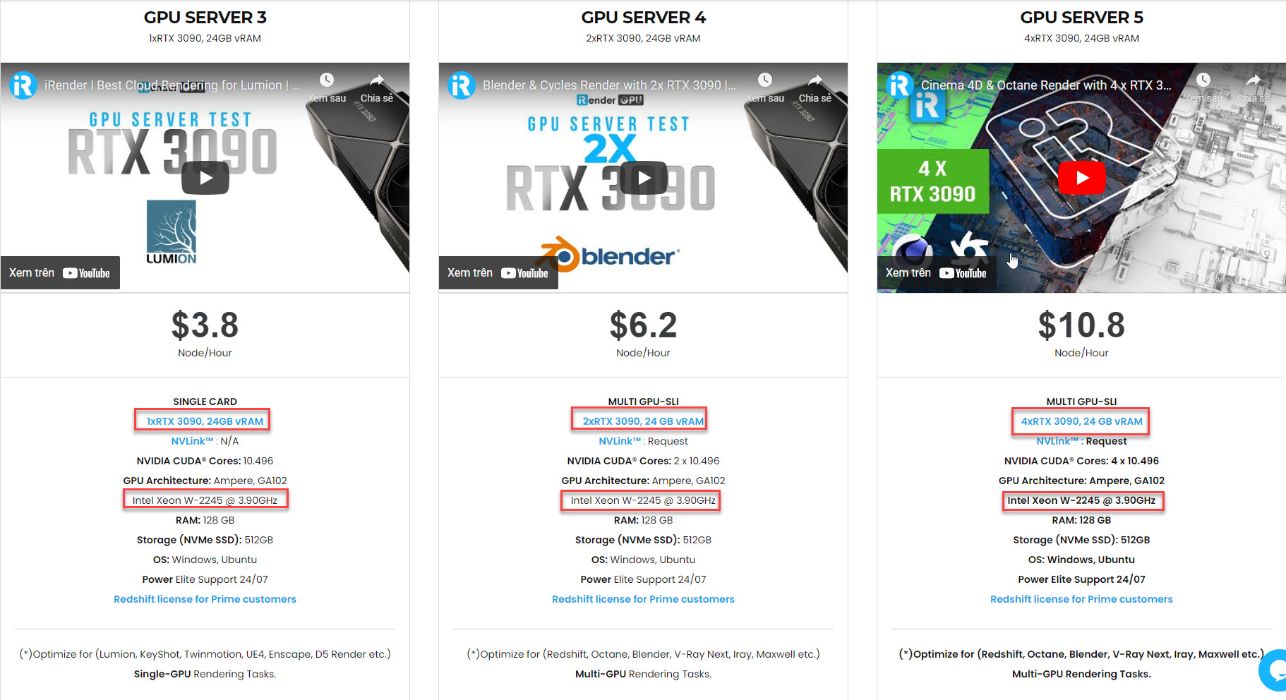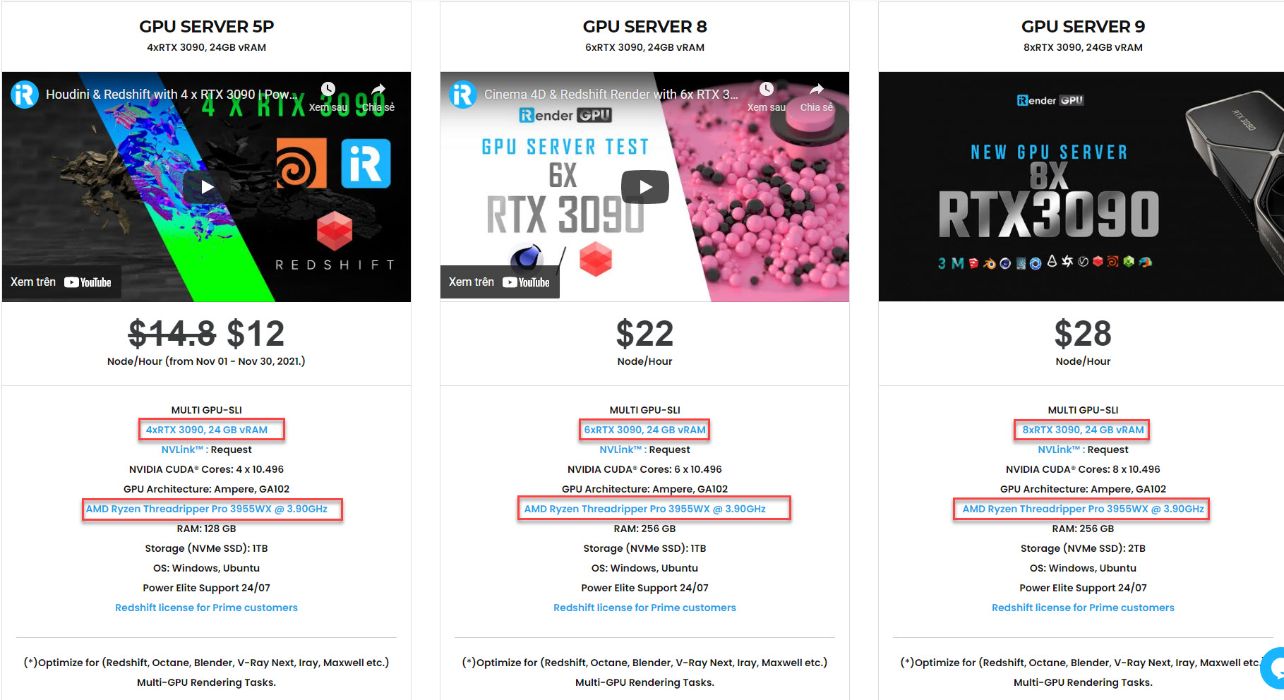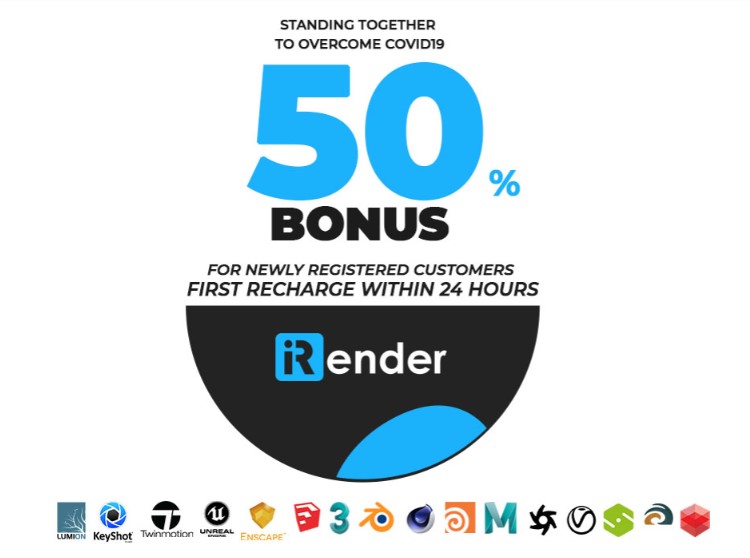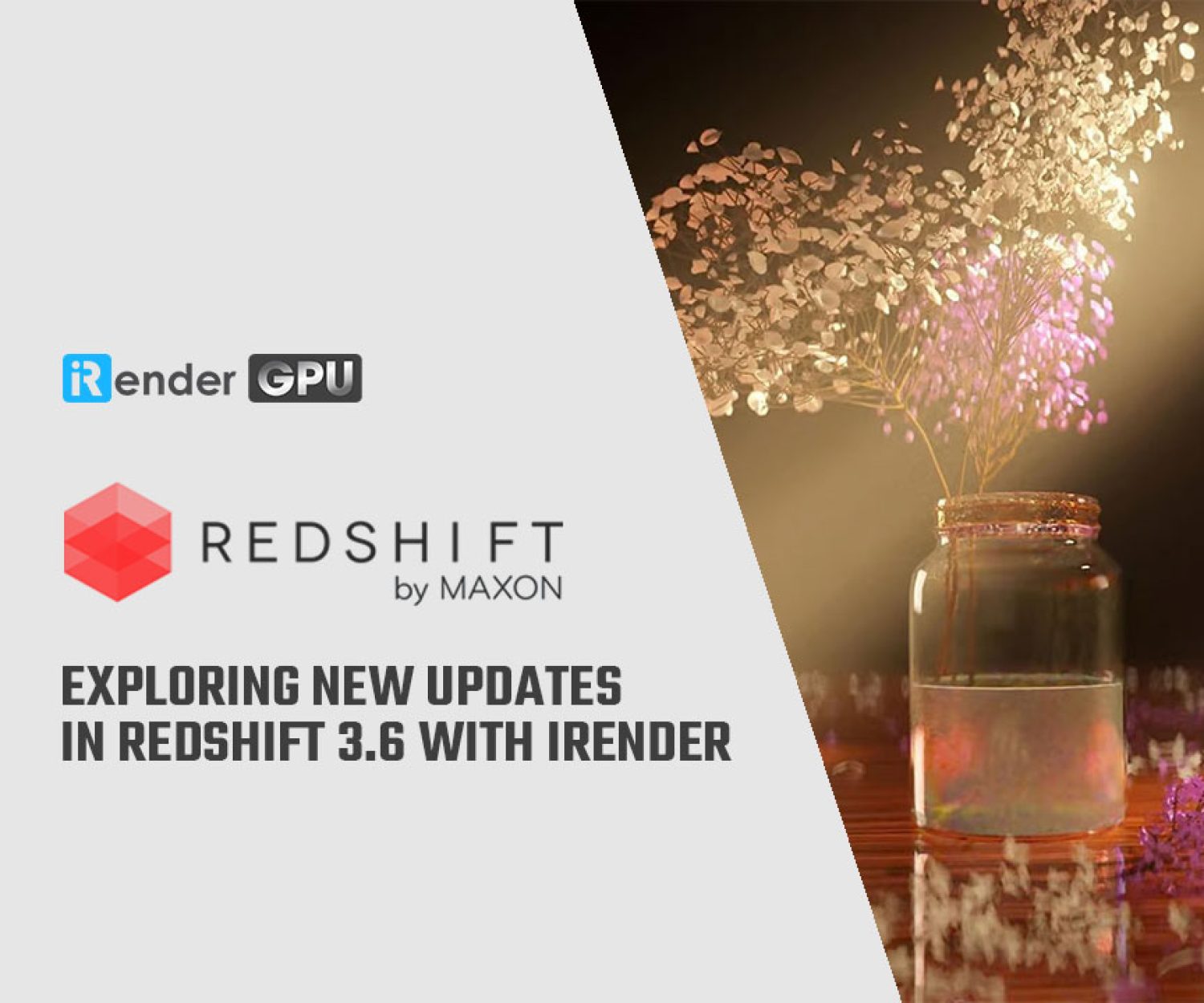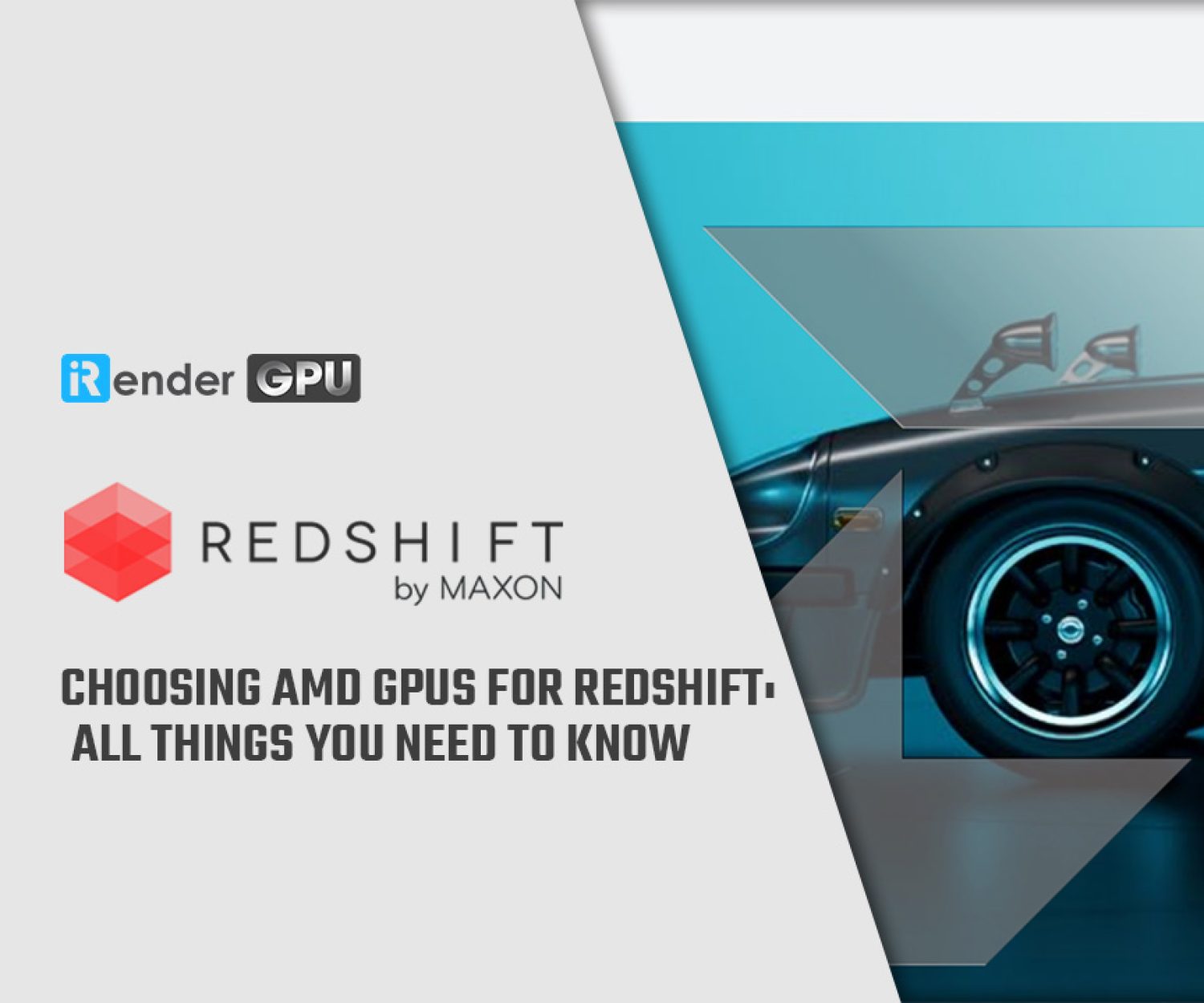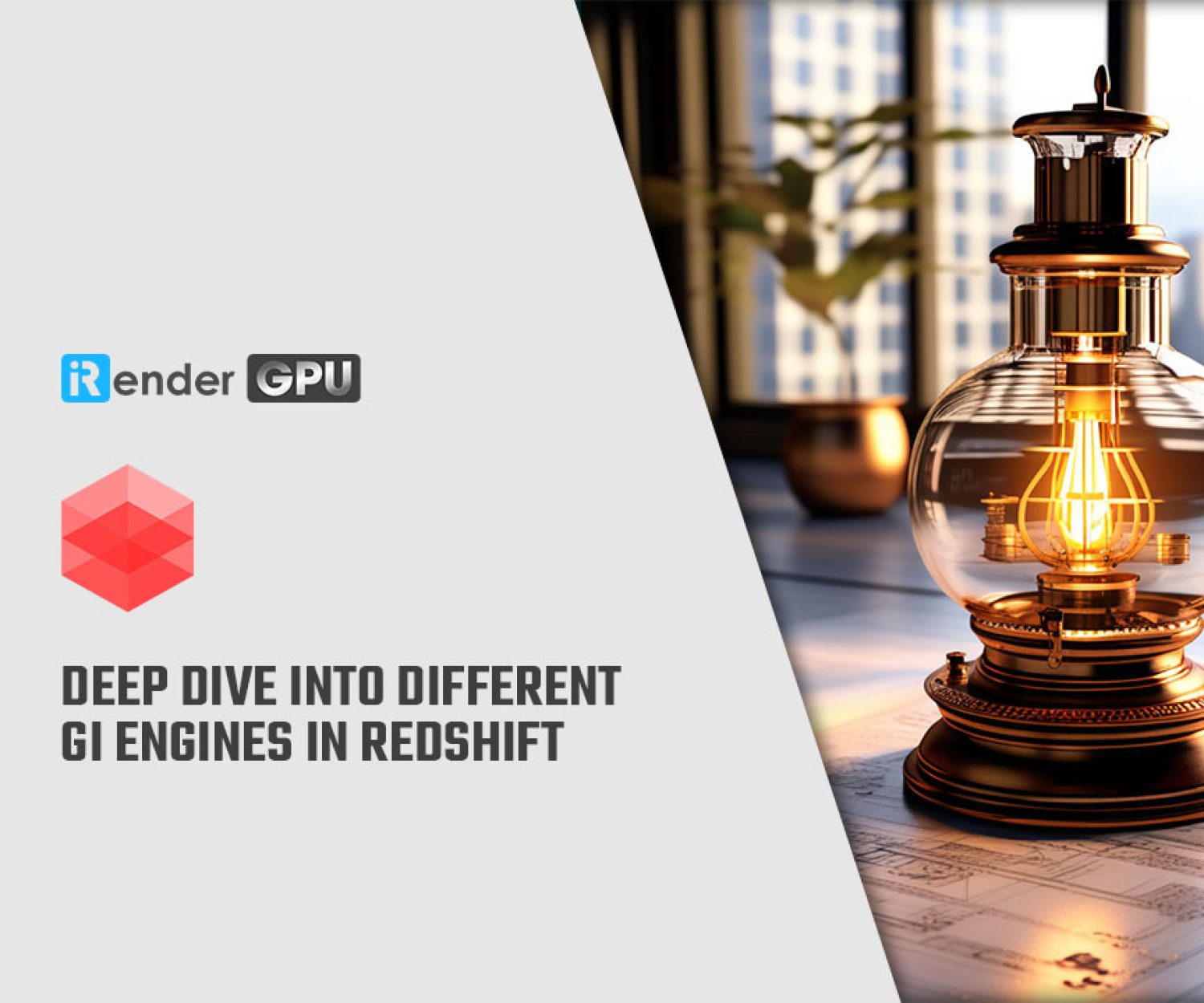The Best Multi GPU Cloud Rendering for Redshift
Maxon Redshift integrates perfectly with many industry leading 3D design applications making it an ideal choice for architects, product designers and animators to bring their projects to life. One of the main benefits of GPU rendering over CPU rendering is the potential for incredible render times. To achieve the best render times possible, it requires the right computing hardware. So how do you optimize a workstation to get the most from Redshift? The video card selection is the driving factor for performance in Redshift, basically, you can use multiple GPUs to further speed up.
In this article, let’s find out the best Multi GPU Cloud Rendering for Redshift!
What is the best multi cloud rendering for Redshift?
Speaking of multiple cards, how well does rendering speed scale across multiple GPUs in Redshift? Are there diminishing returns as more cards are added? You will find the answer in this article to find the best hardware system for Redshift as well. We are putting Redshift 3.0.39 to the test, looking at scaling from one to six video cards in a single workstation.
The Best Processor (CPU)
In Redshift, as well as most other GPU-based engines, the CPU does not play a direct role in the process of rendering scenes. It does have a small impact on the time spent loading a scene. When selecting a processor for your application, usually the two key factors to consider are frequency and the number of cores the processor has. In fact, Redshift only uses a few CPU cores in the rendering process and, as a result, we recommend going for a high clock speed CPU without worrying about core count.
If you are also using Redshift with some program like Cinema4D, Maya, or 3dsMax – then a CPU with a high clock speed will bring you good performance for modeling or animation. Moreover, high frequency will ensure that the system is very responsive with low loading times, and users will experience snappy viewports. Additionally, our testing has shown that a CPU clock speed can directly affect GPU performance. Therefore, we advise you to select a processor that delivers fast clock speeds.
In the case of Redshift, there is also another factor, the number of PCIe lanes your processor can support. PCIe lanes will directly affect the amount of graphics cards you can put in your system. Top-tier GPUs usually need 16x PCIe 3.0 Lanes to run at full performance without bandwidth throttling.
With this in mind, the AMD Ryzen Threadripper processor is a solid choice. These processors offer a great balance of multi-threaded performance and single-threaded performance, making them a safe option for any other applications you may use. This is the world’s only processor family supporting PCIe 4.0, which delivers twice the I/O performance over PCIe 3.0. Moreover, it can accelerate workflows with next-gen GPUs and high-speed storage devices and support 128 PCIe lanes as well. As a final brief, this is a great choice for driving Multi-GPUs.
Another option is Intel’s Xeon W, specifically, the Xeon W-2245 processor on a Gigabyte MW51-HP0 board, with a 3.9 GHz base clock frequency, 4.7 GHz boost frequency. This Intel-based alternative also offers the user a very flexible platform.
Recommended Video Cards
Because it is a GPU renderer, unsurprisingly, the graphics card configuration has the most significant impact on performance in Redshift. At the moment, it currently utilizes CUDA which is proprietary to NVIDIA video cards and does not support AMD GPUs or Intel integrated graphics. CUDA cores
Furthermore, the amount of VRAM is also important because it determines how big the scene you want to render can be. If your scene is larger than the amount of memory available on the graphics card, Redshift supports using the system’s RAM to compensate; however, this negatively impacts performance. In terms of VRAM, Quadro cards can work just fine for Redshift but for the majority of the users they are not worth the much higher price. From a performance perspective, GeForce cards are just as fast (Ampere architect) while being many times cheaper. Let’s check out the specific evidence below:
In the chart above, NVIDIA’s RTX 3090 is 60% faster than the RTX Titan, which was the top consumer video card from the last generation, while maintaining the same amount of VRAM. Moreover, the RTX Titan was only available from NVIDIA with their dual-fan cooling solution, meaning it could not be used effectively in multi-GPU configurations. As such, we recommend the NVIDIA Geforce series if Redshift is your primary application.
- GeForce RTX 3080 10GB – Generally speaking, the RTX 3000 is an excellent solid starting point – far faster than anything the 20 Series was, and for a lower price than either the RTX 2080 Ti or Titan RTX. A great choice if you want just one or two video cards and don’t work with particularly complex scenes.
- GeForce RTX 3090 24GB – Our go-to recommendation for most GPU rendering customers, the RTX 3090 provides the best performance in Redshift while also having a tremendous 24GB of memory. It is also available with blower-style coolers, enabling use of multiple cards if desired.
Building a Multiple GPU Rendering Machine
Redshift supports a maximum of 8 GPUs per session, and, it is undeniable that your hardware needs at least 2 GPU if you are using this GPU-accelerated engine. It is very good at utilizing multiple GPUs simultaneously, so installing many graphics cards into your system is a great way to boost performance further. When doing so, sufficiently cooling your system becomes very important. NVIDIA GeForce RTX cards expel the heat directly out the back of the system, known as blower cards, are the best choice for this. They stack nicely and work very comfortably in multi GPU Workstations. Professional NVIDIA Graphics cards or new NVIDIA GeForce RTX are all designed with this cooler.
According to the Pugetsystems test with RTX 2080, we get a pretty scaling from 2 to 3 to 4 GPU, the performance rise is 195%, 284%, 374% respectively. To see how increasing the number of video cards in a system affects performance in Redshift with the new GeForce 30 Series (Ampere architecture), we continue running the benchmark in the version of Redshift 3.0.39 with 1, 2, 3, and 4 NVIDIA RTX 3090 (24GB VRAM).
As demonstrated above, video card performance in Redshift scales very well as additional cards are added. It isn’t quite perfect, or linear, scaling – there is some level of diminishing returns – but it is still more than enough to justify their use in multi-GPU workstations.
As long as each card is supported, Redshift does allow you to mix and match different models of video cards.. However, the more different the cards (different architectures, different versions of CUDA, etc.), the larger the chance of errors occurring. Also note that if the cards have different amounts of VRAM you will be limited to the smallest amount.
NVlink Support
NVLINK enables users to pool GPU memory across two supported GPUs. The main problem with that solution when using “old” interfaces like SLi (for NVIDIA), is that your GPUs would still act as two different cards. A new technology from NVIDIA called NVLink is different and can make multiple cards work like a single one. That is also valid for available memory.
To connect the cards, you need an additional piece of hardware called a bridge. For instance, if you want to go for an overkill setup, a dual GeForce RTX 3090 connected with the NVLink, the final amount of memory available for your scenes in Redshift will be 48 GB.
With Redshift, the NVIDIA RTX 3090 NVLink configuration crushes the Redshift demo benchmark at 1 minute and 27 seconds, achieving the fastest render time we have seen to date. We did not get perfect 2x scaling, but one can easily see how this is an enormous performance gain for highly complex scenes that require a higher amount of GPU memory.
The Best Multi GPU Cloud Rendering for Redshift
iRender is a Professional GPU-Acceleration Cloud Rendering Service provider in HPC optimization for rendering tasks, CGI, VFX with over 20.000 customers and being appreciated in many global rankings (e.g: CGDirector, Lumion Official, Radarrender, InspirationTuts CAD, All3DP, VFXRendering). Users will remotely connect to our server, install their software only one time and easily do any intensive tasks like using their local computers.
At iRender, we have developed multiple RTX 3090 workstations specifically optimized and configured for GPU rendering workflows. You are guaranteed to experience maximum performance for your budget in applications such as Redshift when using one of these systems. There are a variety of servers from single- GPU 1x RTX 3090 to Multi-GPU 2/4/6/8 x RTX 3090, you can choose one server that is suitable for your demand and your software to get started. We offer clients the powerful processor Intel Xeon W-2245 @ 3.90GHz / AMD Ryzen Threadripper Pro 3955WX @ 3.90GHz and up to 1 TB SSD to load your scene quickly.
However, I would honestly recommend that server 5P and 8A will be the two best servers for Redshift (which option depending on your budget). Why? Because as we analyzed above, AMD Ryzen Threadripper workstations that contain 4-8 graphics cards are perfect for Redshift.
Take your render performance to the next level with the AMD Ryzen Threadripper PRO 3955WX. Built using the 7nm Zen Core Architecture with the sWRX8 socket, this processor is designed to deliver exceptional performance for professionals such as artists, architects, engineers, and data scientists. Featuring 16 cores and 32 threads with a 3.9 GHz base clock frequency, 4.3 GHz boost frequency, and 64MB of L3 cache, this processor significantly reduces rendering times for 8K videos, high-resolution photos, and 3D models. A faster CPU will allow you to extract mesh data, load textures, and prepare scene data more quickly. Check out our C4D & Redshift test below:
Moreover, on-demand NVLink helps you increase the amount of VRAM to 24 x 2 = 48 GB which is powerful enough for very large projects/cache. We are confident that we are the only render farm where you can experience NVLink and Multi-GPU with Redshift. This November, we are offering you a discount of 20%, you only need to pay 12 USD for one hour using 4x RTX 3090 and maximize your speed.
Last but not least, the cost for the Redshift License is $500. For maximum support to deliver the smoothest rendering experience possible with Redshift on our servers, iRender offers PRIME customers a/many free Redshift floating licenses. Users who top up enough points to become Prime customers will be able to use the Redshift license without usage or maintenance costs. Our opinion is that the customer experience comes first.
Conclusion - The best Multi GPU Cloud Rendering for Redshift
In parallel with providing a variety of additional features for users such as Snapshot, Clone, NV Link, APIs,… iRender team has developed iRender mobile app to helps users to render on a mobile phone. With all the outstanding advantages mentioned above, you must have found yourself the perfect choice for Redshift. We provide unmatched support tailored to your specific needs and goals. SPECIAL OFFER for this November: Get 50% BONUS for all newly registered users. Let’s CHECK IT OUT!
For further queries, please feel free to contact Ms. Jenny: [email protected]. Now get a coupon here to enjoy the superpower of Multiple RTX 3090. We do the rendering, the creativity is yours!
iRender – Happy Rendering!
Related Posts
The latest creative news from Cinema 4D Cloud Rendering , Blender Cloud Rendering, Redshift Cloud Rendering, Houdini Cloud Rendering , Octane Cloud Rendering, 3D VFX Plugins & Cloud Rendering.

